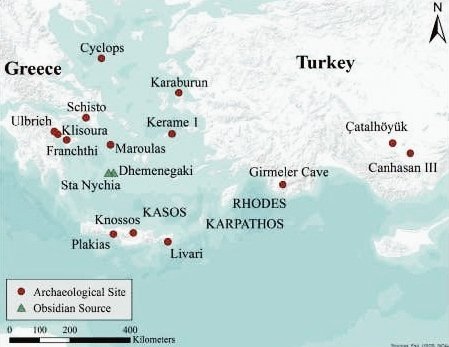Discover and read the best of Twitter Threads about #Neolithic
Most recents (19)
1/Hi all! This afternoon we look (selectively) at what pollen records, tell us about long term changes, from the end of the last Glaciation. How has climate, humans+related processes shaped the 🇮🇪 vegetation over thousands of years? (Nick Miller, From Cogan's Shed, 2004) 

2/Difficult to summarise 1000s yrs in tweets! Image by Gill Plunkett @QUBelfast does good jobNB. highly generalised, much spatial variation across country; Key points: development of woodland as climate warms start of #Holocene hazel dominant, oak, elm, later alder, how dense? 
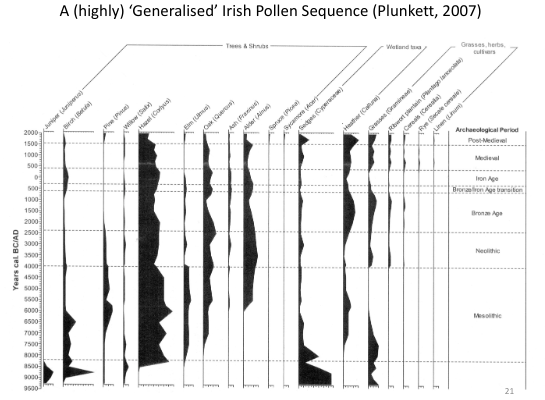
3/Closed canopy? But NB1 Concept of 'Climax' woodland largely discredited; : 'openess' is under-represented in #pollen records! NB2; #ClimateChange driving some changes; other processes inc. soil development. When does human activity impact? Now that's a good qu! 
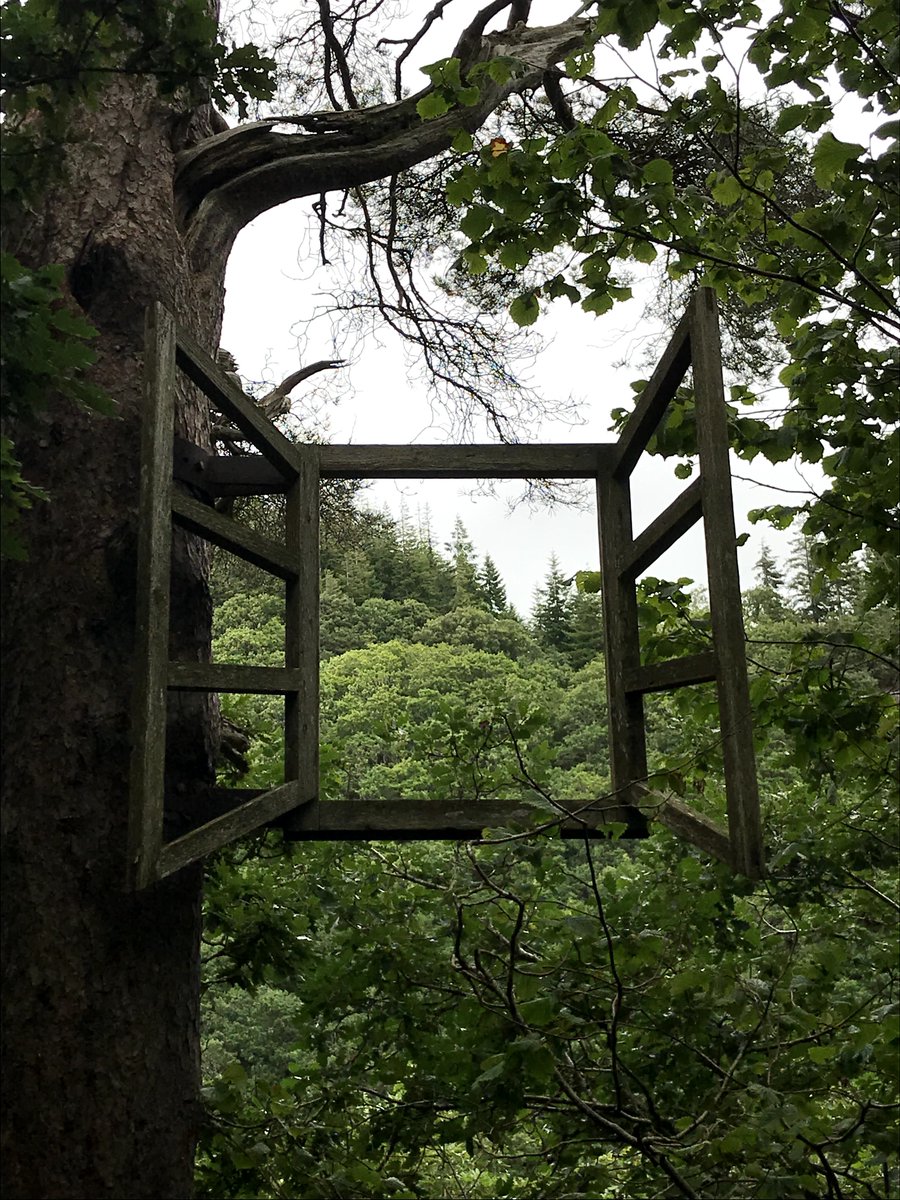
Genuinely digging the idea of #GraphicAbstracts, I was totally game than @lauradietrich_ asked if I could help with a visualisation of her latest #research concerning #Neolithic #querns and #FoodProcessing …
So, here we go: "Reading Saddle Querns", a short introduction.
So, here we go: "Reading Saddle Querns", a short introduction.
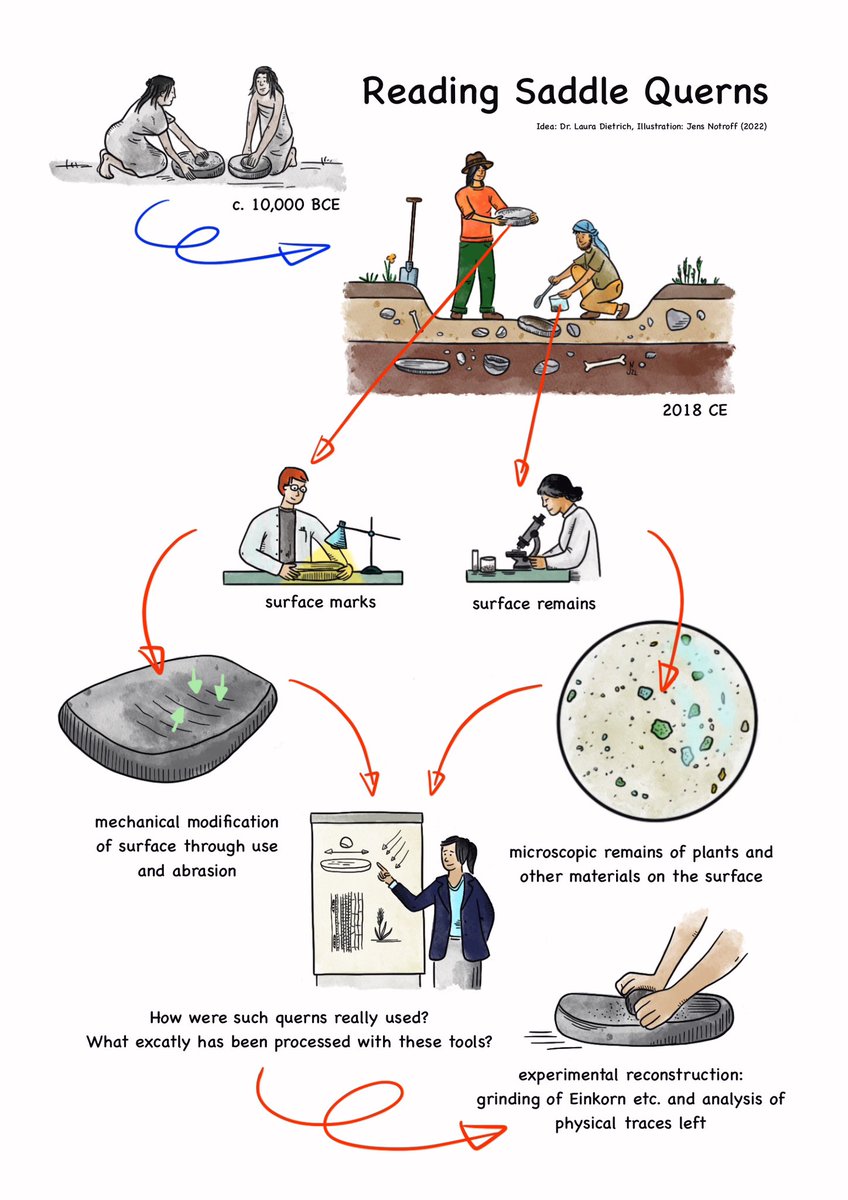
Now you're curious about what this research is about, aren't you? 😉
Here's a joint article with some insight into what the #querns from early #Neolithic #GobekliTepe can tell us:
journals.plos.org/plosone/articl…
Here's a joint article with some insight into what the #querns from early #Neolithic #GobekliTepe can tell us:
journals.plos.org/plosone/articl…
Still want to read more?
Well, good news: @lauradietrich_ has published a whole book on "#PlantFood Processing Tools at Early Neolithic #GöbekliTepe" in the meantime.
Available online and #OpenAccess via @Archaeopress here: archaeopress.com
Well, good news: @lauradietrich_ has published a whole book on "#PlantFood Processing Tools at Early Neolithic #GöbekliTepe" in the meantime.
Available online and #OpenAccess via @Archaeopress here: archaeopress.com

How ongoing research is increasing the available corpus (and our understanding) of Pre-Pottery #Neolithic #iconography.
Just a little #archaeology 🧵 on why this is really fascinating. 😉
@DrKillgrove reporting on new finds from #Sayburc in SE Turkey for @LiveScience:
Just a little #archaeology 🧵 on why this is really fascinating. 😉
@DrKillgrove reporting on new finds from #Sayburc in SE Turkey for @LiveScience:

Original report ("The #Sayburç reliefs: a narrative scene from the #Neolithic") by E. Özdoğan in @AntiquityJ 96(390), 2022:
cambridge.org/core/journals/…
cambridge.org/core/journals/…
Of course, the phallus-flashing guy gets all the headlines.
Well, it *is* quite a picturesque scene - one fitting #Neolithic iconographic conventions in the region & an apparently strong focus on male depictions (here's e.g. a comparable image from contemporary #GobekliTepe).
Well, it *is* quite a picturesque scene - one fitting #Neolithic iconographic conventions in the region & an apparently strong focus on male depictions (here's e.g. a comparable image from contemporary #GobekliTepe).
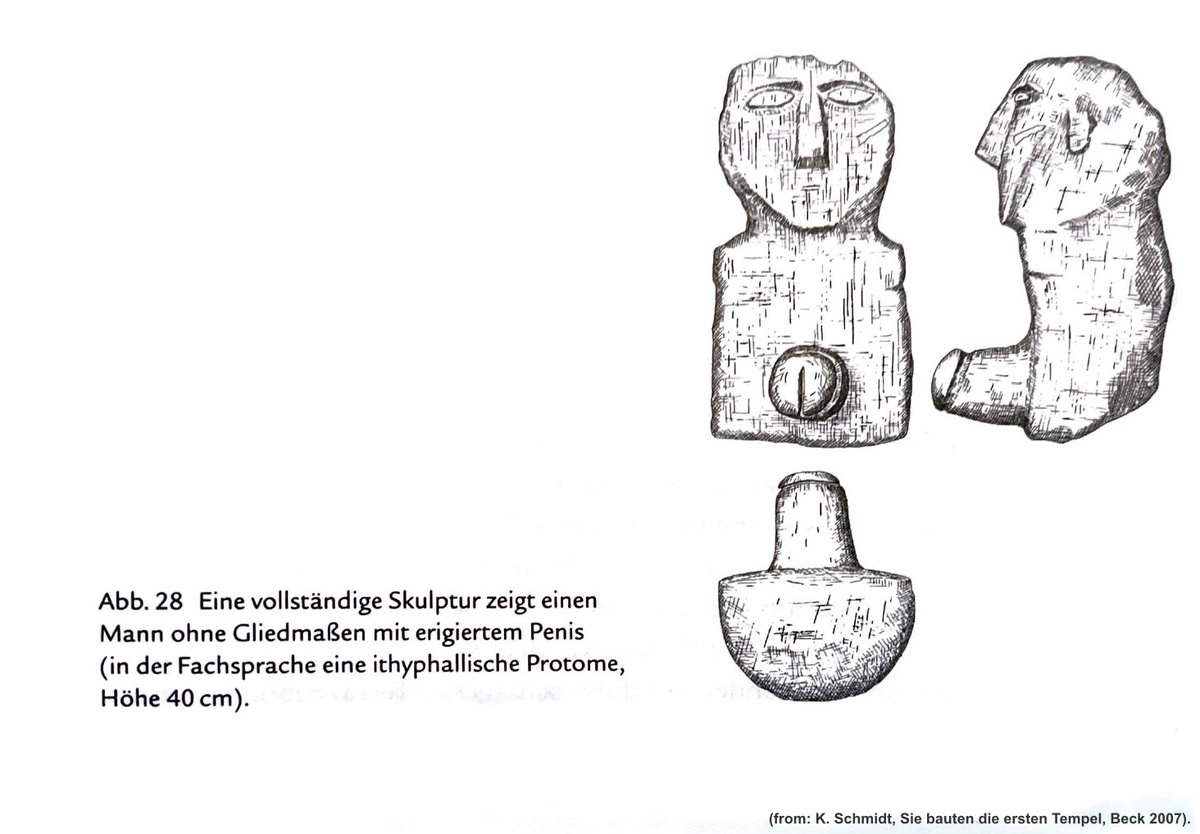
Maybe fuelled by recent claims that #Neolithic hunters were too "simple" and thus not capable of cultural achievements, there seems to be a misunderstanding about the "#pottery" part in #PrePotteryNeolithic (PPN).
They actually *did* use vessels. Just other vessels.
A short 🧵:
They actually *did* use vessels. Just other vessels.
A short 🧵:

Well known and clearly associated with #PrePotteryNeolithic contexts are e.g. #StoneVessels from different places like #KörtikTepe in Turkey or #JerfElAhmar and #TellAbr in Syria as well as (often fragmented though) many more related sites (including Göbekli Tepe by the way). 

Bringing up the #GöbekliTepe fragments since they illustrate why finding complete vessels is comparably rare: the material was too valuable to not re-use it.
@lauradietrich_, @odietrich_, & myself discussed the "afterlife" of such #StoneVessels here:
jensnotroff.files.wordpress.com/2020/10/ii.20_…
@lauradietrich_, @odietrich_, & myself discussed the "afterlife" of such #StoneVessels here:
jensnotroff.files.wordpress.com/2020/10/ii.20_…

Time for Part 5. Part 4 is here: and talk a bit more about time, life and death in #Neolithic #Malta - the link between above & below is more than just location.
So, there was a time in the 1970s in #archaeology when we tried to make sense of things by testing hypotheses. Not a bad idea, but it doesn't always work & here's why (aside the fact that humans don't behave in a linear, ordered way).
Colin Renfrew decided to map locations of #megalithic sites & figure out land & territory. Sounds logical right? Especially back then. But the research question itself isn't divorced from our context in the present. To Renfrew it made sense that...
I've been working on another Twitter thread - not because @netflix gives a stuff and the Hancock followers will keep being conspiracy idiots. I'm doing this b.c I care about #archaeology and #Malta. Now @FlintDibble has (independently) got a head start here, tis good. Go read.
Good. Now let's focus specifically on #Malta and #prehistory. Let's start with a location map because it's relevant - note we're at the southernmost tip of Europe and pretty much on the doorstep of North Africa. When we say Malta, we mean the entire archipelago. 


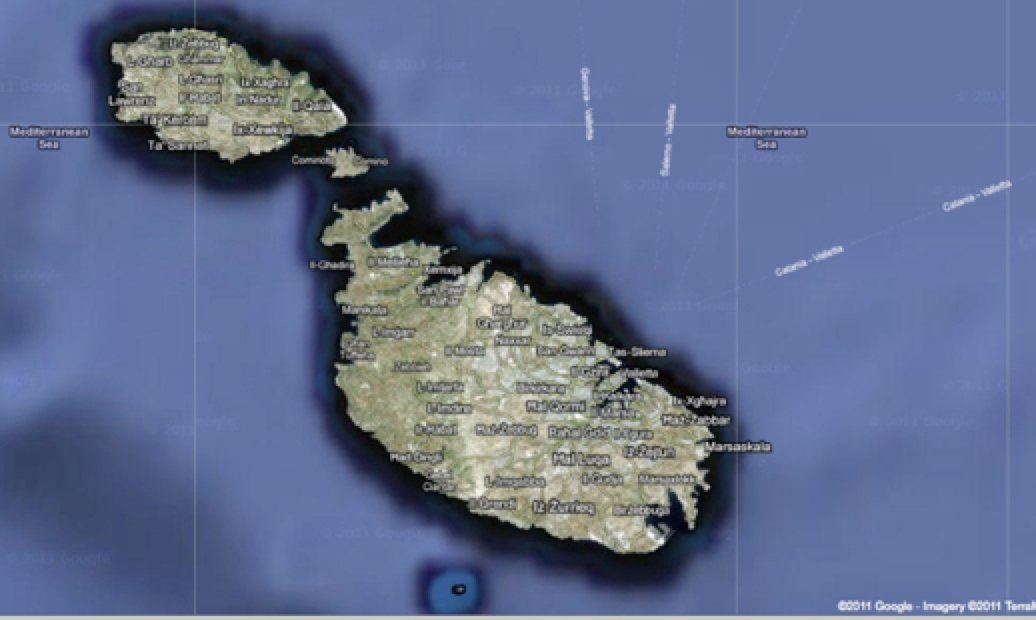
Malta is the bigger island, the middle one is Comino and above that we have Gozo. And other bits and pieces all around. But I'll focus on Malta and Gozo - or Għawdex to give it the proper name.
A few words about the prehistory of Crete regarding the dialogue below... There is a relevant bibliography for what I am mentioning!
#Crete #Prehistory #Neolithic #AegeanBronzeAge #Minoans #Mycenaeans #Anatolia
#Crete #Prehistory #Neolithic #AegeanBronzeAge #Minoans #Mycenaeans #Anatolia
It's International #CatDay! 🐈⬛
Here's a cheery feline decorating an >1000-year-old Late Paracas ceramic vessel from Peru. 🐈
🔗 from 2018 (🆓) buff.ly/35YLnUS
Here's a cheery feline decorating an >1000-year-old Late Paracas ceramic vessel from Peru. 🐈
🔗 from 2018 (🆓) buff.ly/35YLnUS

We've been obsessed with our kitty companions for millennia - people were buried with them (& foxes) during the #Neolithic in the eastern Meditteranean, around 7,000 BC!
🔗 from 2019 (🆓) buff.ly/2Pvm59I
📷: Neolithic burials with 🐈/🦊
🔗 from 2019 (🆓) buff.ly/2Pvm59I
📷: Neolithic burials with 🐈/🦊

"Look Klaus Bey, that stone's got ears!"
Sometimes, starting excavations in a new area, you only got a vague idea about what's really waiting below topsoil.
This is how innocent the now famous so-called #TotemPole from #GöbekliTepe peeked out upon its very first appearance.
Sometimes, starting excavations in a new area, you only got a vague idea about what's really waiting below topsoil.
This is how innocent the now famous so-called #TotemPole from #GöbekliTepe peeked out upon its very first appearance.
Oliver put together a nice little thread here telling how the story of this discovery continued on after that first glimpse:
This find (calling it a #CompositeSculpture may be the more appropriate archaeological terminology) is of special interest since it represents a special type of early #Neolithic sculpture in the region also known from other sites:
#Solstice #Sunrise at the Barrow - a meditation on time, what litte, we know of #AngloSaxon "#Litha", and on what #livinghistory #history and #archaeology is truly "for". 🧵 
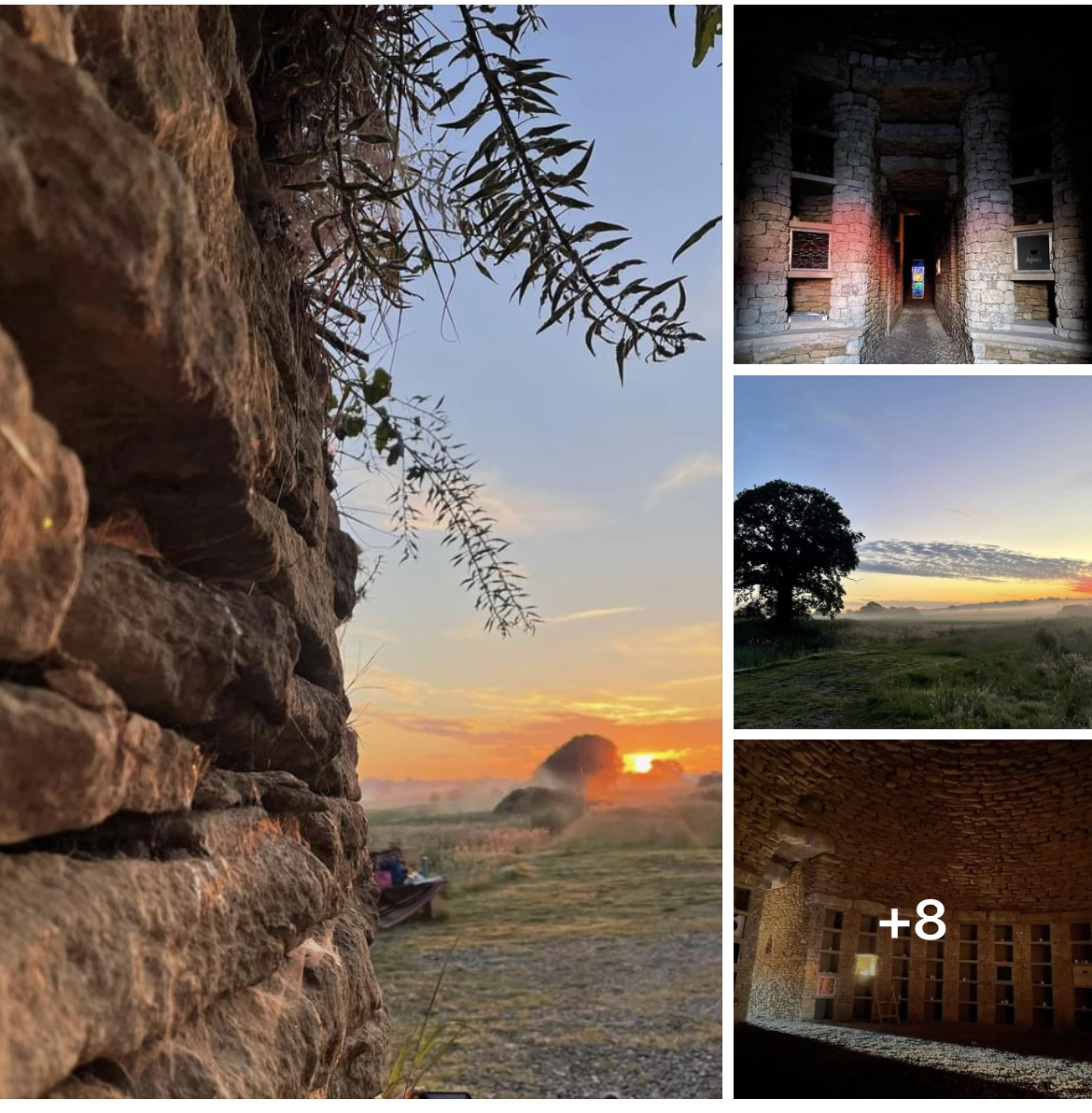
Very early yesterday morning members Æd and AlexP travelled to @SoultonHall @SacredStonesLtd Soulton Long Barrow to experience a unique moment in the solar calendar which, though concerned with the reckoning of time, is essentially universal and #timeless. 1/32
The Midsummer Solstice has always been a significant moment in the year, across many cultures, as far back as deep #prehistory. In Britain our landscape is dotted with #stoneage #neolithic and #bronzeage #prehistoric monuments which bear witness to this. 2/32 

#Russia-#Ukraine-#FoodCrisis
"When Russia invaded the Ukraine, we were already in the midst of hat we probably could have called a world food crisis anyway" @StateDept Special Envoy for Global Food Security Dr. Cary Fowler tells #EUDFF22
"This is built on top of that..."
"When Russia invaded the Ukraine, we were already in the midst of hat we probably could have called a world food crisis anyway" @StateDept Special Envoy for Global Food Security Dr. Cary Fowler tells #EUDFF22
"This is built on top of that..."
"When you look at the current acute crisis that we face, you have to say to yourself & you have to get into the mindset that this is a 3-year crisis" per @StateDept's Fowler
"Short term in this situation does equal 3 years..."
"Short term in this situation does equal 3 years..."
As for grain stuck in #Ukraine, "1 alternative to the #BlackSea ports in Ukraine that we're currently looking at is essentially making use of the Black Sea ports in #Romania itself" per @EU_Commission Deputy Director-General for Agriculture Michael Scannell at #EUDFF22
Here’s a look at some more of our finds recently featured in the ‘The world of Stonehenge’ exhibition publication, this time from the unusual ‘Boscombe Bowmen’ grave which we excavated 600 metres north of the ‘Amesbury Archer’s’ grave at Amesbury Down, near Stonehenge. 
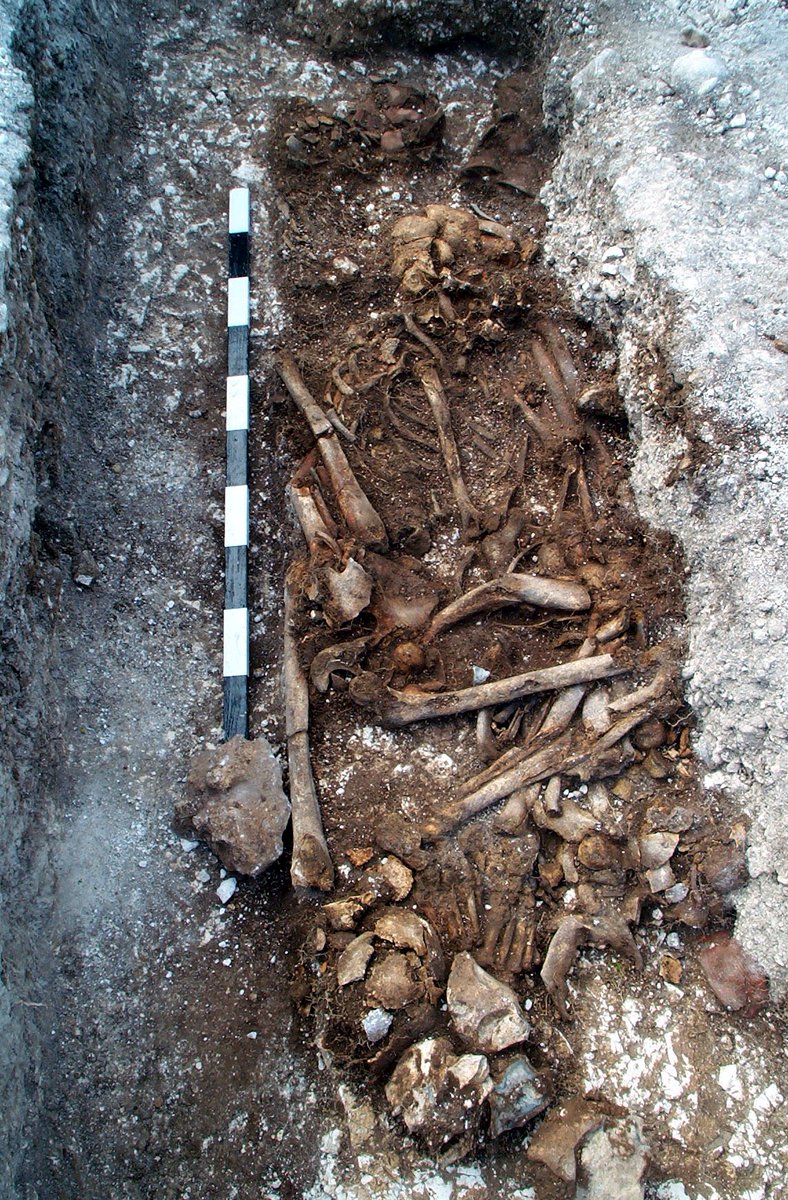
The communal grave contained the remains of nine, possibly ten, individuals including one infant (cremated), two children, one teenager and five adult males.
#wessexarchaeology #wessexarch #stonehenge #stonehengelandscape #flint #flintarrowheads #prehistory #lateneolithic
#wessexarchaeology #wessexarch #stonehenge #stonehengelandscape #flint #flintarrowheads #prehistory #lateneolithic
Much of the bone had been curated and redeposited, placed in bundles within the grave lying around (generally just below) and – in the case of a few random bones – above the in situ (articulated) remains of one of the adult males.
#wessexarchaeology #wessexarch #stonehenge
#wessexarchaeology #wessexarch #stonehenge
This comes a month late (genuine #slow #Archaeology here!) but here some insights about a 5th drum known in Britain that has been forgotten in all this press/media frenzy ..... A THREAD about the (unfinished) Lavant Drum..1/1
theguardian.com/science/2022/f…
theguardian.com/science/2022/f…
When the amazing Burton Agnes drum was presented to the public, it was noted in the press that this was one of 4 drums known in Britain, being the other three the famous, beautiful, Folkton drums found in the 19th century also in a child's grave. 2/* cambridge.org/core/journals/…
But the fact is that there is a fifth chalk drum which was discovered in the 1990s by archaeologist James Kenny in a multi-period site in Chalkpit Lane, East Lavant (Sussex), around 280 miles from Burton Agnes and 300 miles from Folkton in North Yorkshire. 3/*
#HumanAnimalEntanglement. - Today: "The Curious Case of the #Dancing #Cranes".
1/ Among the many naturalistic animal depictions at early #Neolithic #GöbekliTepe in southeastern Turkey there are some bird depictions with suspiciously odd legs ...
1/ Among the many naturalistic animal depictions at early #Neolithic #GöbekliTepe in southeastern Turkey there are some bird depictions with suspiciously odd legs ...

2/ Generally, birds seem to take up a noteworthy role in the iconography at #GöbekliTepe (and other related #Neolithic sites).
The #cranes mentioned above in particular stand out due rather muscular legs and what seems a more human-like #anatomy, including 'knees' and 'toes'.
The #cranes mentioned above in particular stand out due rather muscular legs and what seems a more human-like #anatomy, including 'knees' and 'toes'.

3/ Do these #crane representations evoke the impression of #masked people?
Yet it was suggested that this even could be more than simple #masquerade: The visualisation of a transformation into the animal itself in the course of #shamanistic rituals?
dainst.blog/the-tepe-teleg…
Yet it was suggested that this even could be more than simple #masquerade: The visualisation of a transformation into the animal itself in the course of #shamanistic rituals?
dainst.blog/the-tepe-teleg…
This weekend, @NishiDholakia @AntiokhosE and I explored the largest & most confounding #Neolithic site in China: #Shimao. A massive fortified stone city in an unexpected place, w/ objects from far afield, and grizzly human sacrifices. Vibrant until abandoned around 1800BCE 1/ 

This first mystery of #Shimao was the location: the city was built on the Northern Loess Plateau, relatively dry and far from the lush Yellow River “cradle of Chinese civilisation”. What might attract a large #Neolithic population to create a major city in such a place? 2/ 

The second mystery was the building material. #Archaeologists associated this period in #China with rammed earth structures. But this #Neolithic city - built in 2300 BCE - was made of #stone, dominated by a 20 tiered oblong stepped #pyramid structure on the highest hill 3/ 

There are many different types of stone structures in #KSA and it is easy to be confused by all the different shapes and what they were used for. In this thread, we will present the main types of structures our project has documented, the names we use, and some basic information. 

Mustatil- these large structures are generally rectangular(ish) in shape and consist of two thick platforms at either end connected by 2-5 long walls. These are ritual structures dating to the #Neolithic i.e 7000 years ago. #MustatilMonday. 
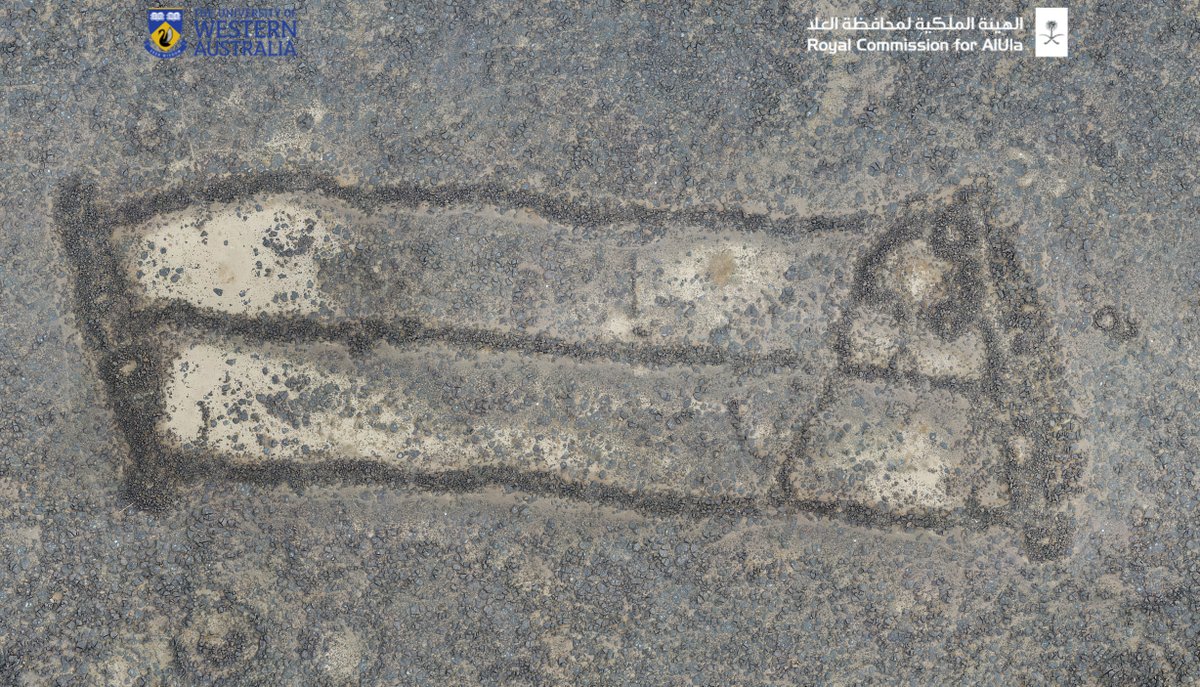
Kite- A kite is a large animal hunting trap. They are found in a range of different shapes and sizes, from simple V-shape constructions to much more elaborate structures, like those found around #Khaybar. These date from the #Neolithic onwards. 



Since we're all still here ... how about a little tour through the #Neolithic exhibition of Urfa's new archaeological museum?
Well, at least the part I'm somehow familiar with ... which means the Pre-Pottery Neolithic #GobekliTepe finds on display there.
Well, at least the part I'm somehow familiar with ... which means the Pre-Pottery Neolithic #GobekliTepe finds on display there.

Before we start with the tour, let's just have a look at this sculpture right over here: It's so-called #UrfaMan (from Yeni Mahalle / Yeni Yol) - one of the oldest examples of a life-sized human statue, dating back to the Pre-Pottery #Neolithic as well.
dainst.blog/the-tepe-teleg…
dainst.blog/the-tepe-teleg…

Starting with what still can be considered the only clear #female depiction at #GobekliTepe (which otherwise seems strongly dominated by a rather masculine iconography):
The (later?) carving of a woman on a stone slab found in one of the younger rectangular buildings there.
The (later?) carving of a woman on a stone slab found in one of the younger rectangular buildings there.

#GobekliTepe‘s monumental T-pillars are actually giant #anthropomorphic sculptures. Got to admit that in the beginning of my work there, more than 12 yrs ago, I found it quite ... challenging to recognize this likeness. Until we finally excavated the 'hands & loincloth' part ... 

Of course #NevaliCori‘s pillars were already known for some time, complete with hands and stola-like garments. But their abstracted and stylised appearance (still impressively expressionistic to me, by the way) made it a bit of a challenge to easily accept their human shape. 

1. ಕರ್ನಾಟಕದಲ್ಲಿ ಸುಮಾರು 820 ಶಿಲಾಯುಗದ ನೆಲೆಗಳು ದೊರೆತಿವೆ, ಅದರಲ್ಲಿ 600 ಸಮಾಧಿಗಳು ಮತ್ತು 220 ವಾಸದ ನೆಲೆಗಳು.
#StoneAgeKarnataka
#StoneAgeKarnataka
2. ರಾಯಚೂರಿನ ಲಿಂಗಸೂಗೂರಿನಲ್ಲಿ ಸಿಕ್ಕ ಒಂದು ಶಿಲಾಯುಗದ ಕಲ್ಲಿನ ಕೊಡಲಿ ಕರ್ನಾಟಕದಲ್ಲಿನ ಶಿಲಾಯುಗದ ಮೊದಲ ಅರಕೆ(1842),ಇದನ್ನು ಪತ್ತೆಹಚ್ಚಿದವರು ಕ್ಯಾ.ಮೀಡೋಸ್ ಟೇಲರ್.
3. ರಾಬರ್ಟ್ ಬ್ರೂಸ್ ಪೂಟ್(1834-1912) ಅವರು ಬಳ್ಳಾರಿ ಜಿಲ್ಲೆಯಲ್ಲಿ ಹಲವಾರು ಶಿಲಾಯುಗದ ತಾಣಗಳನ್ನು ಪತ್ತೆಹಚ್ಚುತ್ತಾರೆ, ಅದರಲ್ಲಿ ಮುಖ್ಯವಾದದ್ದು ಸಂಗನಕಲ್ಲು ತಾಣ.



